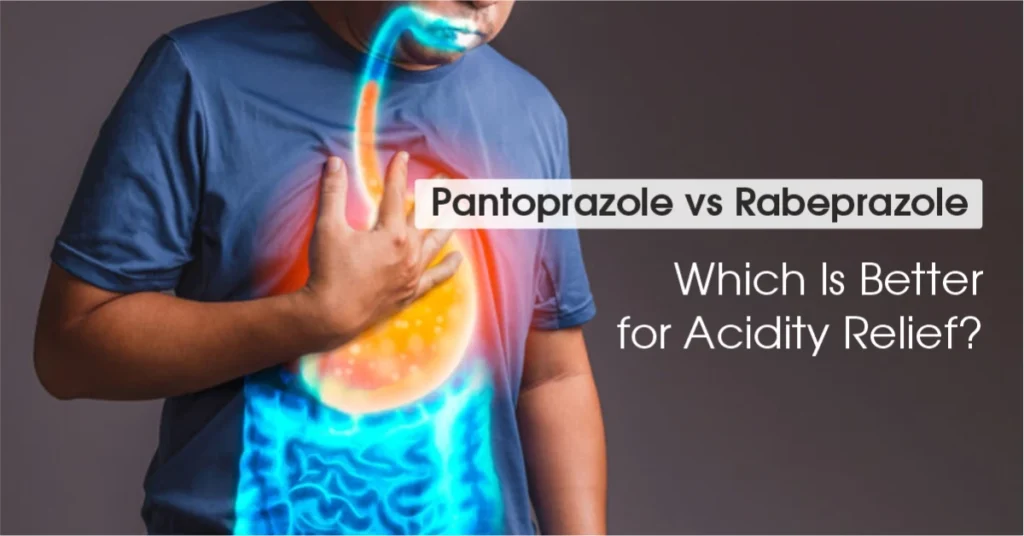Tablets are one of the most widely used dosage forms in medicine, known for their convenience, precision, and long shelf life. In simple words, a tablet is a solid form of medicine made by compressing an exact amount of drug with inactive ingredients like binders and fillers.
In pharmacy terms, a tablet is a measured unit designed for safe, consistent dosing and easy handling. It can be plain, coated, flavored, or designed for controlled release, depending on treatment needs.
What is a Tablet?
- General: A compressed solid containing active medicinal ingredients.
- Pharmacy Definition: A unit-dose form combining the drug with excipients to ensure stability, effectiveness, and ease of use.
History & Evolution of Tablets
From hand-shaped herbal lumps in ancient times to today’s high-speed, coated, and modified-release forms, tablets have evolved with science and technology to improve taste, stability, and patient convenience.
Why Tablets Are the Most Common Dosage Form
- Low production cost.
- Accurate dosing in every piece.
- Easy to store, carry, and take.
- Longer shelf life than liquids.
- Flexible designs for different release patterns.
Classification of Tablets Based on Use & Manufacturing

Tablets can be grouped by how they are made and how they are intended to work in the body. This classification helps pharmacists, doctors, and patients choose the right type for a specific treatment.
Oral Tablets
Compressed Tablets
These are the simplest and most common type, made by directly compressing powdered ingredients. A compressed tablet delivers a fixed dose, is easy to produce, and can be plain or coated to improve taste or protect the drug. For example, our Aceclofenac Paracetamol Tablets provide effective pain relief with accurate dosing and high-quality manufacturing.
Multiple Compressed Tablets
These tablets have two or more layers, either to separate incompatible drugs or to control how the medicine is released. Examples include layered tablets with an immediate-release outer layer and a slow-release inner core.
Chewable Tablets
Designed to be chewed before swallowing, these are ideal for children or those who have difficulty swallowing pills. They often come flavored and are used for vitamins, antacids, and some pain relievers.
Effervescent Tablets
These dissolve in water, releasing carbon dioxide to create a fizzy solution. Commonly used for vitamins and electrolyte supplements, they ensure quick absorption and are easy on the stomach.
Modified Release Tablets
Sustained Release Tablets
Formulated to release the drug gradually over a longer period, reducing the need for frequent dosing. Common in chronic treatments like pain management or blood pressure control.
Controlled Release Tablets
Release the drug at a pre-determined rate for consistent blood levels. Useful for medicines where steady drug concentration is critical.
Delayed Release Tablets
Coated to release the medicine after passing through the stomach, often to protect the drug from stomach acid or prevent gastric irritation.
Buccal & Sublingual Tablets
Buccal Tablets
Placed between the gum and cheek, they dissolve slowly, allowing the medicine to be absorbed directly into the bloodstream. Used for hormones, certain painkillers, and anti-nausea drugs.
Sublingual Tablets
Placed under the tongue for rapid absorption. Ideal for emergency heart medications or quick-acting pain relief.
Vaginal & Rectal Tablets
Vaginal Tablets
Inserted into the vagina, they dissolve to release medicine for local treatment, often used for infections or hormonal therapy.
Rectal Tablets
Designed for insertion into the rectum, where they dissolve or melt for local or systemic action. Commonly used for anti-nausea, pain relief, or fever reduction when oral intake isn’t possible.
Tablet Coating Types
Coating a tablet not only improves its appearance but also serves specific purposes like protecting the drug, masking taste, or controlling where the medicine is released in the body. Here are the main coating types used in pharmaceuticals:
Sugar Coated Tablets
These tablets have a layer of sugar-based coating to mask unpleasant taste or odor and improve appearance. The coating also offers some protection from moisture.
- Examples: Multivitamins, some iron supplements.
- Advantages: Improves patient compliance, makes swallowing easier, and enhances product appeal.
Film Coated Tablets
A thin polymer film is applied over the tablet, making it smoother, more durable, and sometimes easier to swallow. Unlike sugar coatings, film coatings add minimal bulk.
- Advantages: Masks taste, protects the drug from light/moisture, and can be colored for identification.
- Often used for both prescription and over-the-counter medicines.
Enteric Coated Tablets
These tablets have a special coating that resists stomach acid, dissolving only when they reach the small intestine. This helps protect the drug or prevent stomach irritation.
- Examples: Certain aspirin tablets, proton pump inhibitors.
- Commonly used for acid-sensitive medicines or to reduce gastric side effects.
Tablet Manufacturing Process
The way a tablet is made affects its strength, stability, and how quickly it releases medicine in the body. In the pharmaceutical industry, three main manufacturing methods are used:
Wet Granulation
In wet granulation tablet manufacturing, powders are mixed with a liquid binder to form granules, which are then dried and compressed into tablets.
- Advantages: Improves flow properties, ensures uniform distribution of the active ingredient, and enhances tablet strength.
- Commonly used for drugs that need precise dosage control and better compressibility.
Dry Granulation
This process forms granules without using liquid. It’s done by compacting the powder under high pressure, then breaking it down into granules before compression.
- Examples: Medicines sensitive to heat or moisture.
- Advantages: Suitable for moisture-sensitive or heat-sensitive drugs, simpler than wet granulation for certain formulations.
Direct Compression
In this method, the powder blend of active ingredients and excipients is compressed directly into tablets without prior granulation.
- Advantages: Faster, cost-effective, and ideal for drugs with good flow properties.
- Common for vitamins, dietary supplements, and some over-the-counter medicines.
Advantages & Disadvantages of Tablets
Tablets are the most widely used dosage form in pharmacy, but like any drug delivery method, they have strengths and weaknesses.
Key Benefits (advantages of tablets in pharmacy)
- Accurate Dosing: Each tablet contains a fixed amount of drug, ensuring consistent treatment.
- Convenience: Easy to carry, store, and consume without special equipment.
- Long Shelf Life: More stable than liquid formulations.
- Variety of Designs: Options include coated, chewable, effervescent, and modified-release tablets.
- Cost-Effective: Large-scale manufacturing keeps prices affordable.
Limitations (disadvantages of tablets in pharmacy)
- Swallowing Difficulty: Not suitable for young children or patients with swallowing problems.
- Slower Onset: Some tablets take time to dissolve and absorb.
- Irritation Potential: Certain drugs may cause stomach irritation if not coated.
- Fixed Dose Limitation: Dose cannot be easily adjusted without splitting, which is not always safe.
- Unsuitable for Some Drugs: Poorly soluble or unstable drugs may not perform well in tablet form.
Applications of Different Tablet Types
Different types of tablets are designed to meet specific medical needs, from quick pain relief to long-term disease management. Here’s how they are commonly used in healthcare:
- Pain Relief
Tablets for pain management range from over-the-counter analgesics like paracetamol to prescription-strength anti-inflammatory drugs. They can be immediate-release for fast action or sustained-release for long-term relief.
- Antibiotics
Many antibiotics are formulated as tablets for ease of dosing and patient compliance. Depending on the drug, they may be film-coated to mask bitterness or enteric-coated to reduce stomach irritation.
- Vitamin Supplements
Vitamins and minerals are often compressed into chewable, effervescent, or coated tablets for easier consumption and better taste. This form ensures a consistent daily dose and long shelf life.
- Specialized Treatments
Some tablets are designed for targeted drug delivery, such as sublingual tablets for heart conditions, vaginal tablets for local infections, or controlled-release forms for chronic illnesses.
FAQs
What is the difference between coated and uncoated tablets?
Coated tablets have a protective layer for taste masking, stability, or targeted release, while uncoated tablets dissolve directly in the stomach without any covering.
Which type of tablet dissolves fastest?
Effervescent tablets dissolve the quickest, usually within seconds when mixed in water.
Can effervescent tablets be taken without water?
No, they should always be dissolved in water to prevent throat irritation and ensure proper absorption.
Why are some tablets bitter in taste?
The active drug may have a naturally bitter taste, which is not fully masked if the tablet is uncoated.
Which type of tablet is best for elderly patients?
Chewable, dispersible, or orally disintegrating tablets are often preferred for elderly patients with swallowing difficulties.

